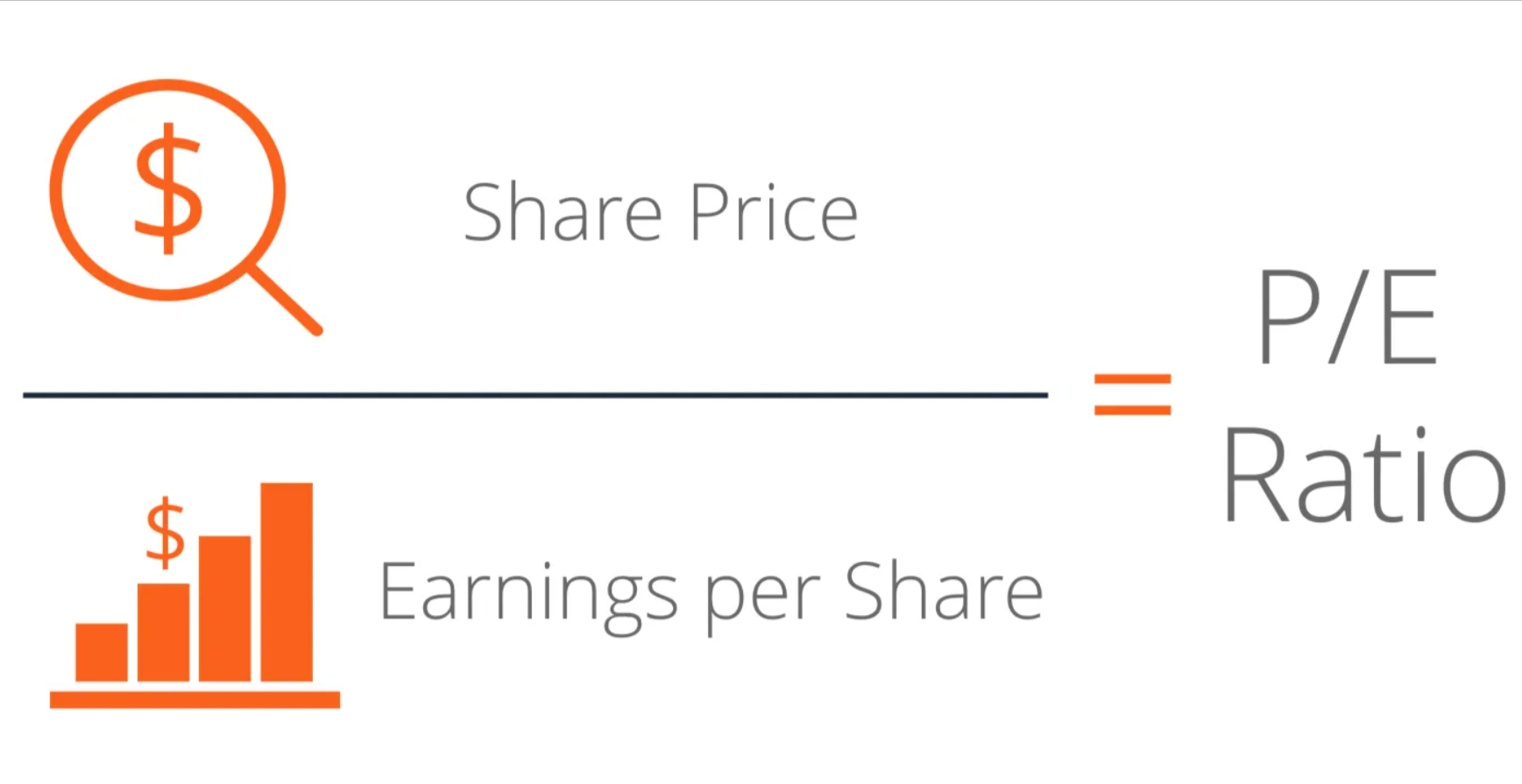Rare U.S. Currency: Exploring 6 Discontinued Denominations
Hey there, history buff and currency enthusiast! Ever wondered about the tales of U.S. currency denominations that have faded into obscurity? Let’s embark on a monetary journey and uncover the stories of six rare U.S. bills.
Introduction: The Evolution of U.S. Currency
Currency, much like language and culture, evolves. As societies change, so does the need for specific denominations. But what leads to the birth and eventual demise of certain bills?
The Importance of Currency Adaptation
Currency reflects an economy’s heartbeat. As trade, technology, and economies shift, so does the need for specific denominations. It’s a dance of adaptability and practicality.
A Glimpse into Rare U.S. Currency Denominations
The $2 Bill
Ah, the mysterious $2 bill. While not entirely extinct, it’s a rarity in daily transactions. Featuring Thomas Jefferson, this bill was once more common but has since become a collector’s favorite.
The $500 Bill
Featuring President William McKinley, the $500 bill was primarily used for bank transfers. With the rise of electronic banking, its use dwindled, leading to its discontinuation in 1969.
The $1,000 Bill
Grover Cleveland graces this high-value bill. Like its $500 sibling, it was mainly for bank transactions. Its production ceased in 1945, and it was officially discontinued in 1969.
The $5,000 Bill
James Madison, the fourth U.S. president, is the face of this rare bill. Its primary purpose? Large-scale transactions and gold certificate exchanges. It’s a true relic of the past.
The $10,000 Bill
Salmon P. Chase, the U.S. Treasury Secretary under Lincoln, adorns this bill. Its main use was for bank-to-bank transactions. Today, it’s a hot item for collectors.
The $100,000 Bill
The crème de la crème of U.S. currency, this bill features Woodrow Wilson. It was never in public circulation and was used for Federal Reserve Bank transactions.
The Stories Behind the Discontinuation
Economic Shifts and Large Denominations
As the U.S. economy grew and banking technologies advanced, the need for large bills for everyday transactions diminished. Why carry a $1,000 bill when a check or wire transfer is safer and more convenient?
The Role of Technology and Banking Evolution
The rise of electronic banking and credit cards made these large denominations obsolete. Plus, there were concerns about their use in illegal activities.
The Collectible Value of Rare Denominations
Current Market Value and Demand
Today, these bills are more than just currency; they’re pieces of history. Their value has soared among collectors, with some bills fetching prices way above their face value.
Tips for Collectors
If you’re looking to dive into the world of rare currency collection:
- Always verify authenticity.
- Store bills in a safe, dry place.
- Stay updated on market values.
Conclusion: The Legacy of Discontinued Currency
While these bills may no longer circulate, they offer a fascinating glimpse into the U.S.’s economic past. They remind us of a time when paper money held immense power, and banking was a more tangible affair. So, the next time you come across an old bill, remember: you’re holding a piece of history.
FAQs
- Why were large denominations like the $10,000 bill created?
- They were primarily used for bank-to-bank transactions and not intended for public circulation.
- Are $2 bills still in circulation?
- Yes, they are. While uncommon, they’re still legal tender and can be obtained from some banks.
- Why were these large denominations discontinued?
- The rise of electronic banking and concerns about their use in illegal activities led to their discontinuation.
- Are these bills valuable today?
- Absolutely! Collectors often pay prices well above face value for these rare denominations, especially if they’re in good condition.
- Can I still use a $500 or $1,000 bill today?
- While they’re no longer in wide circulation, they remain legal tender. However, their collectible value might be higher than their face value.
- What U.S. Cash Are No Longer in Circulation?
-
- Along with discontinued greenback payments, the U.S. mint has additionally stopped producing sure cash over time as they’ve misplaced worth or usability. These embrace:
- half-cent cash, minted from 1793-1857
- two-cent cash (1864-1872)
- three-cent cash (1851-1889)
- half-dimes (1792-1873) [later replaced by nickels]
- twenty-cent cash (1875-1878)
- Gold greenback cash (1849-1889)
- Eisenhower greenback (1971-1978)
- Susan B. Anthony greenback (1979-1981)
For more interesting posts, stay tuned with beingMillionaire
-


